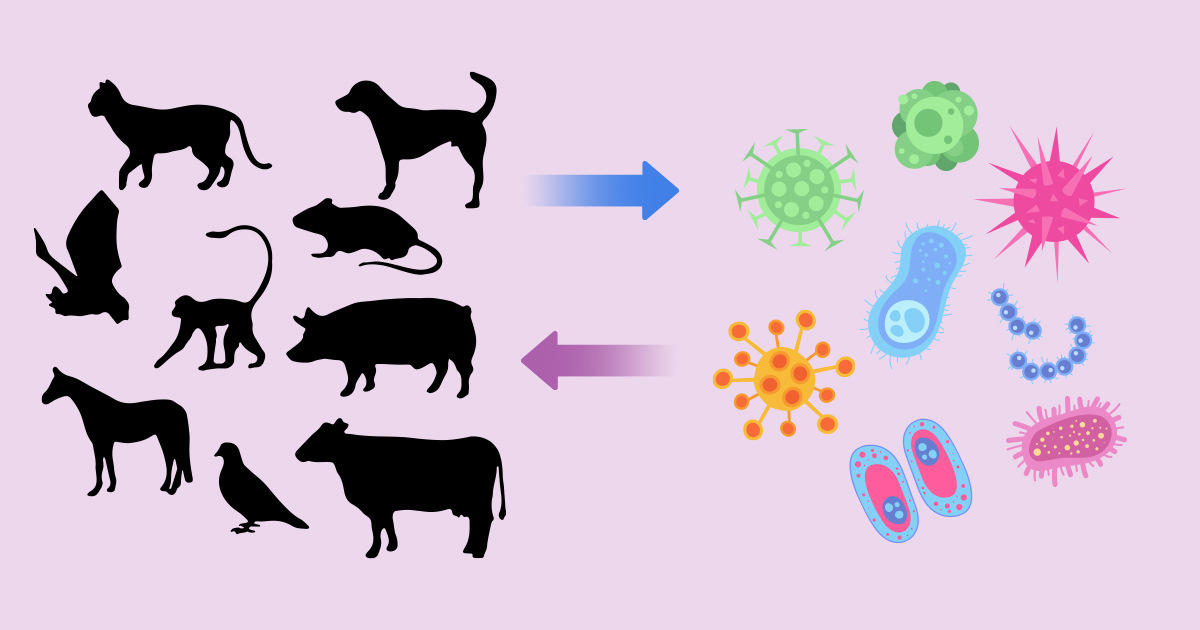- 2.3Impact Factor
- 3.5CiteScore
- 22 daysTime to First Decision
Advances in Veterinary Clinical Microbiology
This special issue belongs to the section “Veterinary Microbiology, Parasitology and Immunology“.
Special Issue Information
Dear Colleagues,
Driven by the development of novel techniques and the deepening of knowledge pertaining to microbiology, veterinary clinical microbiology has witnessed substantial advances in the last decade. However, infectious zoonosis diseases caused by clinically relevant veterinary microbes have a profound impact on public health. To face these challenges, new methods or drugs that facilitate the efficient treatment and prevention of veterinary clinical microbiology are required continually.
This Special Issue of Veterinary Sciences is focused on the current knowledge and recent advances in veterinary clinical microbiology. We encourage submissions of original research articles and reviews that focus on various aspects of veterinary clinical microbiology. We intend a) to offer a resource of current and advanced topics and developments in the field of veterinary bacteriology, veterinary virology, veterinary parasitology, veterinary clinical infectious diseases, zoonotic microorganisms, clinical animal pathogenic microorganism transmission etc.; and b) to provide current and novel approaches for the diagnosis of infectious agents.
Dr. Wei Liu
Guest Editor
Manuscript Submission Information
Manuscripts should be submitted online at www.mdpi.com by registering and logging in to this website. Once you are registered, click here to go to the submission form. Manuscripts can be submitted until the deadline. All submissions that pass pre-check are peer-reviewed. Accepted papers will be published continuously in the journal (as soon as accepted) and will be listed together on the special issue website. Research articles, review articles as well as short communications are invited. For planned papers, a title and short abstract (about 250 words) can be sent to the Editorial Office for assessment.
Submitted manuscripts should not have been published previously, nor be under consideration for publication elsewhere (except conference proceedings papers). All manuscripts are thoroughly refereed through a single-blind peer-review process. A guide for authors and other relevant information for submission of manuscripts is available on the Instructions for Authors page. Veterinary Sciences is an international peer-reviewed open access monthly journal published by MDPI.
Please visit the Instructions for Authors page before submitting a manuscript. The Article Processing Charge (APC) for publication in this open access journal is 2100 CHF (Swiss Francs). Submitted papers should be well formatted and use good English. Authors may use MDPI's English editing service prior to publication or during author revisions.
Keywords
- veterinary bacteriology
- veterinary virology
- veterinary parasitology
- veterinary clinical infectious diseases
- zoonotic microorganisms
- clinical animal pathogenic microorganism transmission

Benefits of Publishing in a Special Issue
- Ease of navigation: Grouping papers by topic helps scholars navigate broad scope journals more efficiently.
- Greater discoverability: Special Issues support the reach and impact of scientific research. Articles in Special Issues are more discoverable and cited more frequently.
- Expansion of research network: Special Issues facilitate connections among authors, fostering scientific collaborations.
- External promotion: Articles in Special Issues are often promoted through the journal's social media, increasing their visibility.
- e-Book format: Special Issues with more than 10 articles can be published as dedicated e-books, ensuring wide and rapid dissemination.

